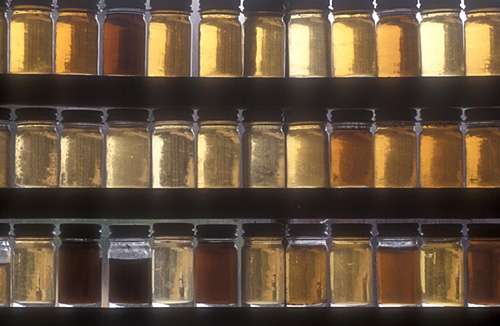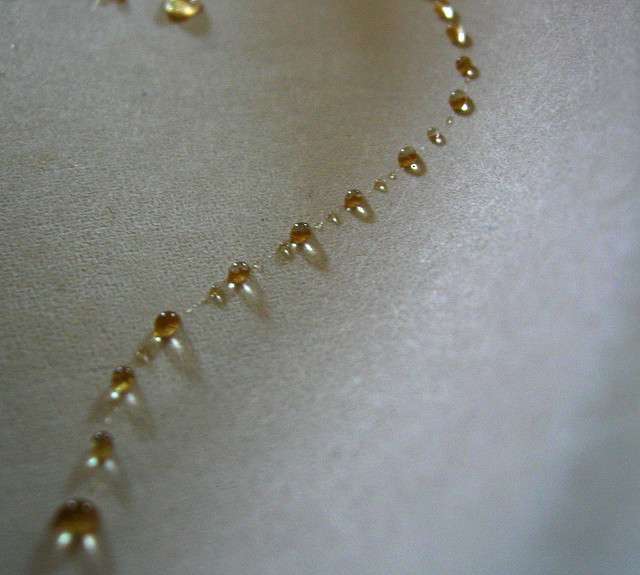
Americans sometimes fail to differentiate between genuine maple syrup and the flavored corn syrups found at pancake houses nationwide, slathering both onto their breakfasts with abandon. But if you’re a US producer of maple syrup, that’s not your only disadvantage. There’s also the fact that Canada provides 75% of the world’s maple syrup products1—and boasts a trade group that maintains strategic syrup reserves for the purpose of regulating the global market2. This leaves American producers as perpetual underdogs.
Perhaps in an attempt to compete with our neighbors to the north, the United States Department of Agriculture (USDA) recently adjusted its maple syrup grading standards, with the goal of giving consumers a clearer picture of the quality of syrups produced within the US.
But as you’ve probably discovered, these new standards pose a challenge for producers. The overlap among color designations, which range from golden and amber through dark and very dark, gives you a fair amount of discretion when grading your products. And while this discretion sounds like an advantage (and while it is certainly understandable in view of maple syrup’s viscosity and translucence), it can leave consumers puzzled—and producers in search of a more consistent method of quality control.

New USDA guidelines divide maple syrup into four color categories. Image credit: Flickr user Mark Goebel (CC BY 2.0)



